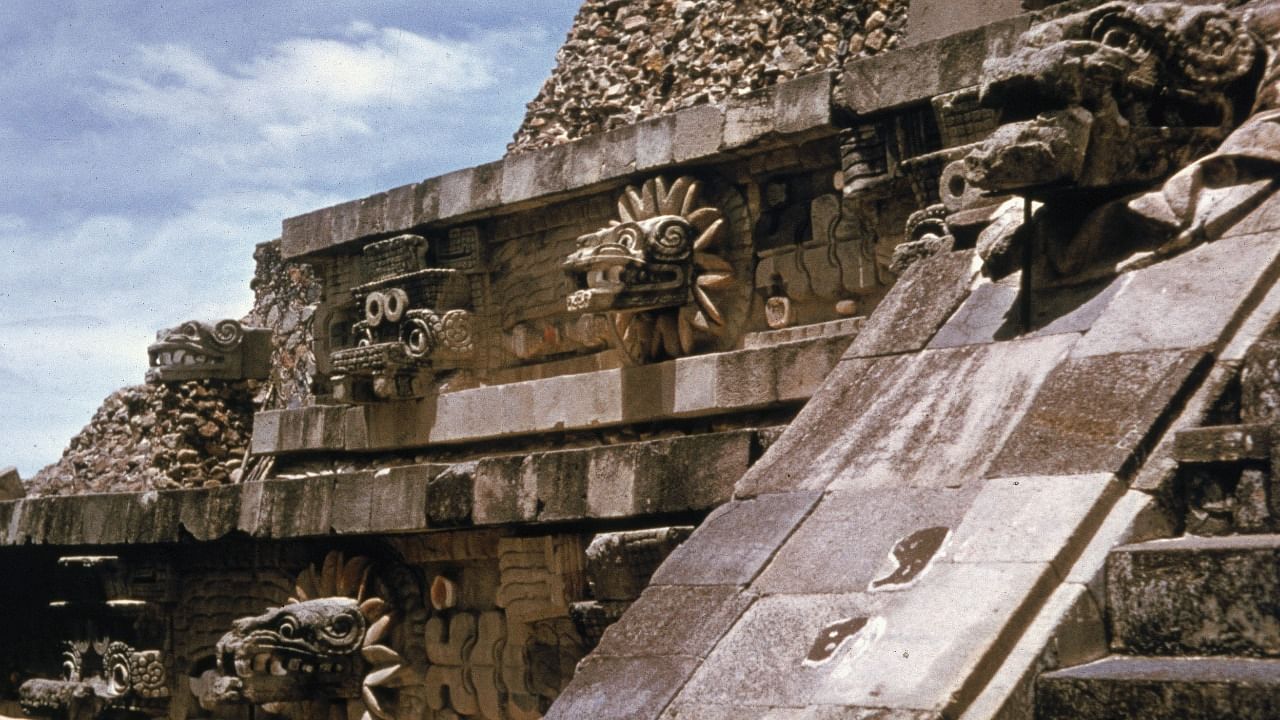
Five centuries after the Aztec empire's fall, a Mexican video game is challenging the traditional narrative of subjugation by the Spanish, showing natives as victorious conquerors instead.
The game highlights the role of the Tlaxcalan warriors who allied with Spanish conquistadors led by Hernan Cortes to capture the Aztec capital Tenochtitlan -- today Mexico City -- on August 13, 1521.
When the Spanish landed, the Aztecs were at war with several Mesoamerican peoples, including the Tlaxcalans, who wanted to end their domination.
"Yaopan. A history of the Conquest" revisits the period based on new historical studies, notably of a 16th century canvas that depicts battles in 87 drawings from the victorious perspective of the Tlaxcalans.
The player can choose from roles including an indigenous warrior and go to battle, first against Spanish soldiers and then against Aztecs and other natives.
The eight levels of the game recreate the lives of the Mesoamerican people featuring volcanoes, rivers, ceremonial temples, flora and fauna.
"Yaopan," which in the Nahuatl language of the Aztecs means "where war is born," will be available to download on cellphones from September 23.
The game was developed by a team from the National Autonomous University of Mexico that brought together software developers and historians.
It tries to present an alternative to the narrative portraying the Tlaxcalans as traitors.
"They took advantage of the arrival of the Spanish, joined forces and together with them conquered Tenochtitlan," historian Federico Navarrete told AFP.
"Yaopan" shows the journey that the warriors undertook and digitally reconstructs indigenous characters, landscapes, languages and symbols.
The levels are "inspired by eight major episodes on the canvas," such as the arrival of the Spaniards, marital alliances and the war pact, said Emmanuel Castro of game studio Bromio which is involved in the project.
The canvas was made in 1552 to inform the Spanish crown of the Tlaxcalans' collaboration, which assured them certain privileges.
The story it tells "is of an alliance and not a defeat," said Navarrete.
The codex presents the first complete version of the conquest that extended from what is now northern Mexico south to Guatemala, El Salvador and Nicaragua, he said.
The three originals, made of cotton cloth and measuring two meters high and five meters wide, have been lost, but four copies are preserved in Mexico and the United States.
The pictography is also reflected in murals in the city of Tlaxcala.
"The dimension of the canvas is a way of projecting power. It is not the work of a subjugated people that asks for a favor, but of a triumphant people who demand recognition," Navarrete said.
The video game also highlights the role in the conquest played by women, who were not only married off to Spanish conquistadors.
Some, such as Tlaxcalan warrior Tecuelhuetzin, also fought in battle and have been given their own avatars in the video game.
"The marital alliance between Tlaxcalans and Spaniards occurred through noble women, which later became part of their military strategy," said historian Antonio Jaramillo.
There are plans to translate the video game into the Tlaxcala variant of Nahuatl as well as Otomi, the second most widely spoken indigenous language in central Mexico.